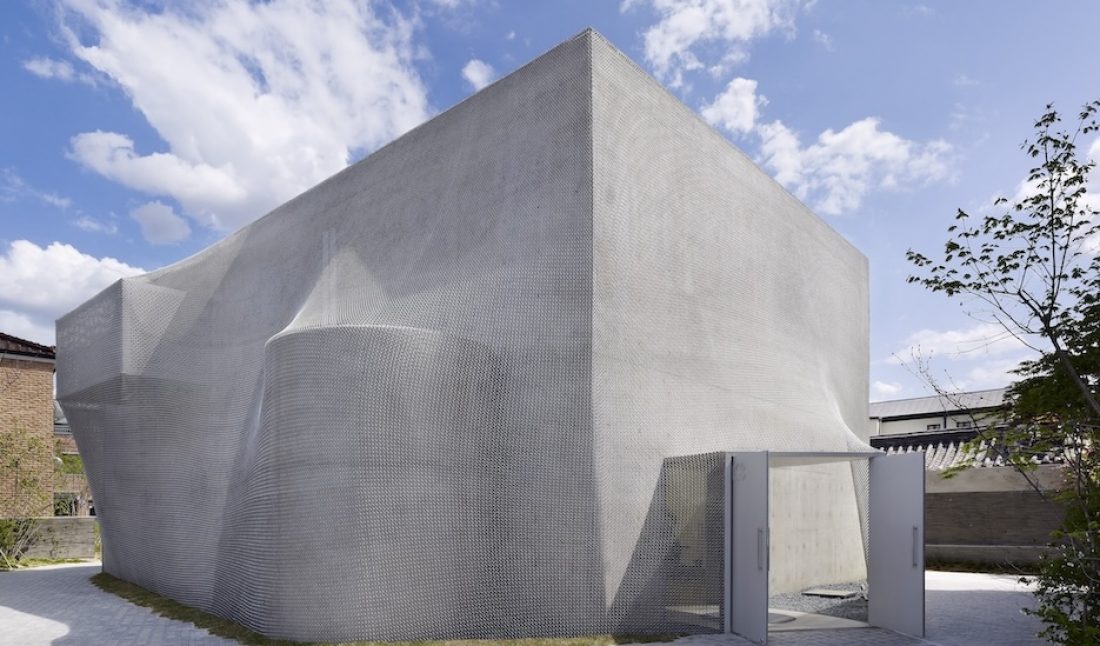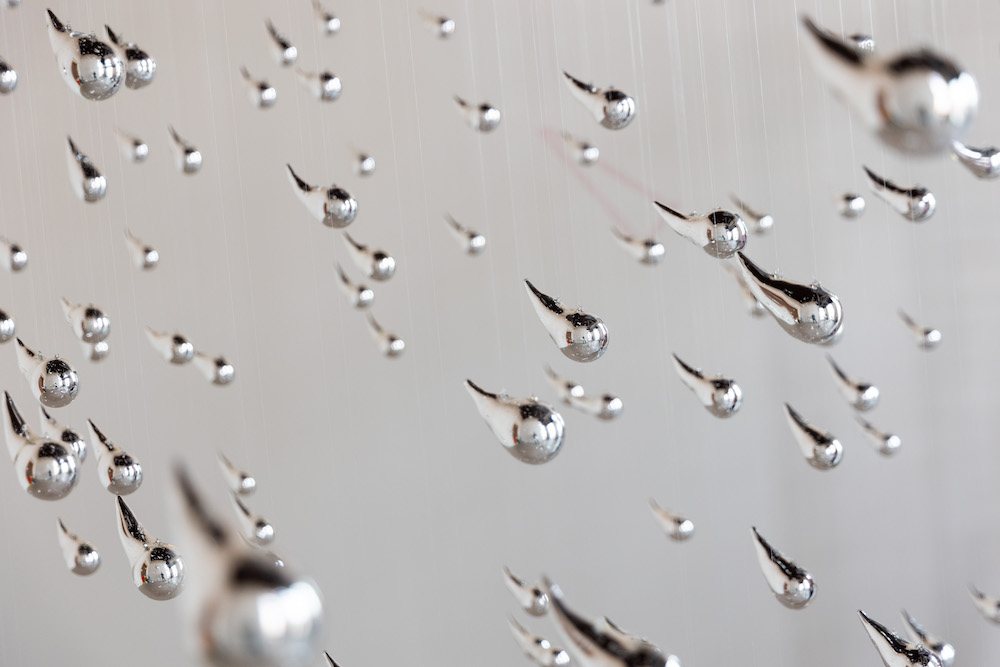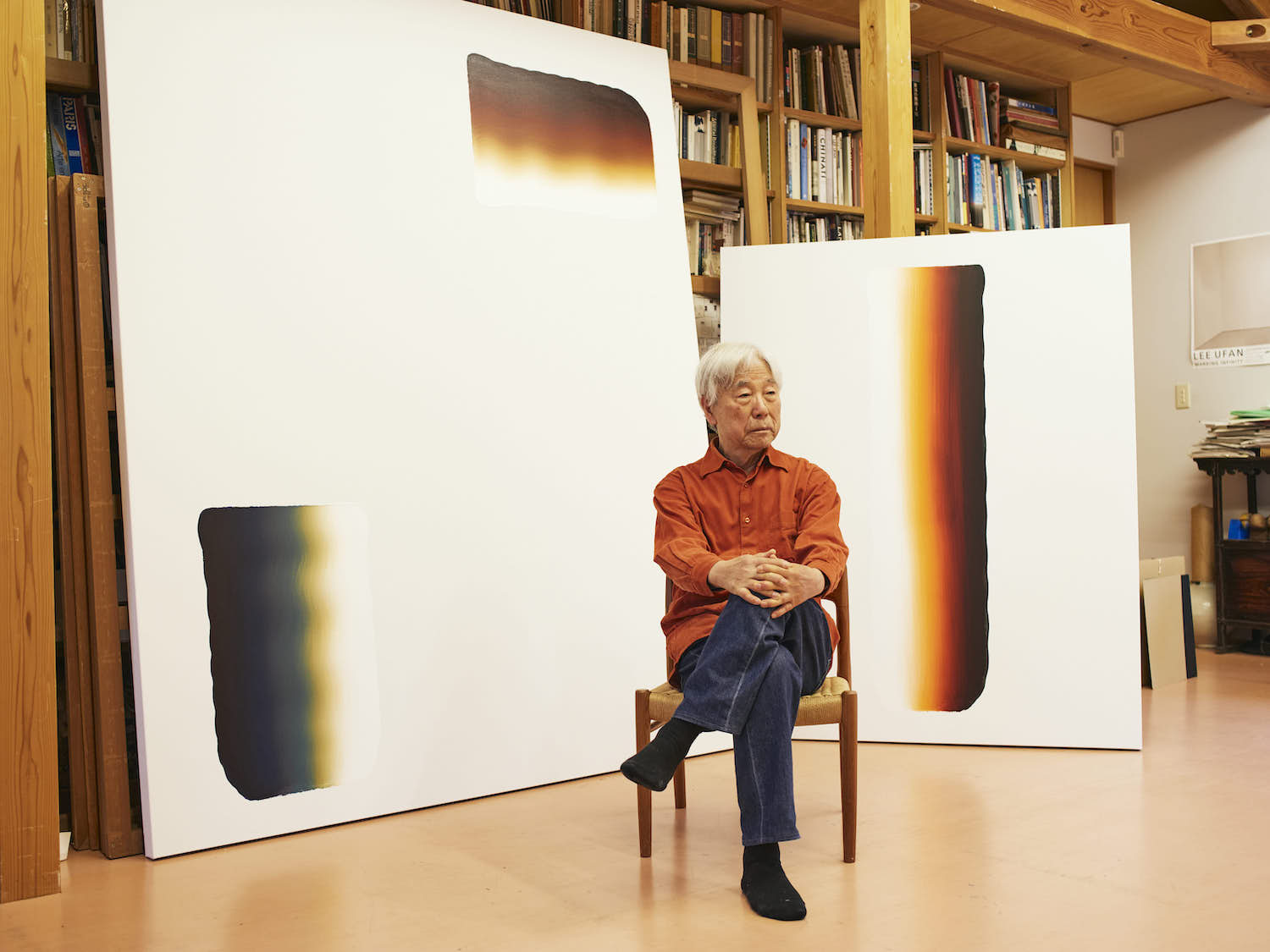Hyun-Sook Lee founded Kukje Gallery in 1982 in Seoul as a budding collector—whose collection began with work by the Korean artist Jang Ri-seok. The early shows at the gallery included the work of Ok Yon, Byun Jong Ha, Oh Chi Ho, Hwang YeomSoo, and Yoo Youngkuk. As a gallerist, Hyun-Sook stood out against the mainstream trend at the time—but sales were good, proving she was onto something. And for over four decades, she has continued to forge and grow her collection, often from travels abroad.
As Lee became familiar with the international scene, she decided Kukje could be the place to bridge that gap between Korean and Western art. She started staging shows with names like Helen Frankenthaler, Alexander Calder, Bill Viola, Donald Judd, Ed Ruscha, Jean-Michel Basquiat, and Louise Bourgeois, in Korea—many for the first time.
In August of 2018, she opened Kukje Gallery Busan as the gallery’s first-ever outpost. It was a way to bring their program to a more regional audience in Yeongnam to “enhance the public’s general understanding of contemporary art,” as she described it.
This spring, Kukje Gallery will show the work of Kim Yun Shin and Suki Seokyeong Kang in Seoul, as well as Kim Yong-Ik in Busan.
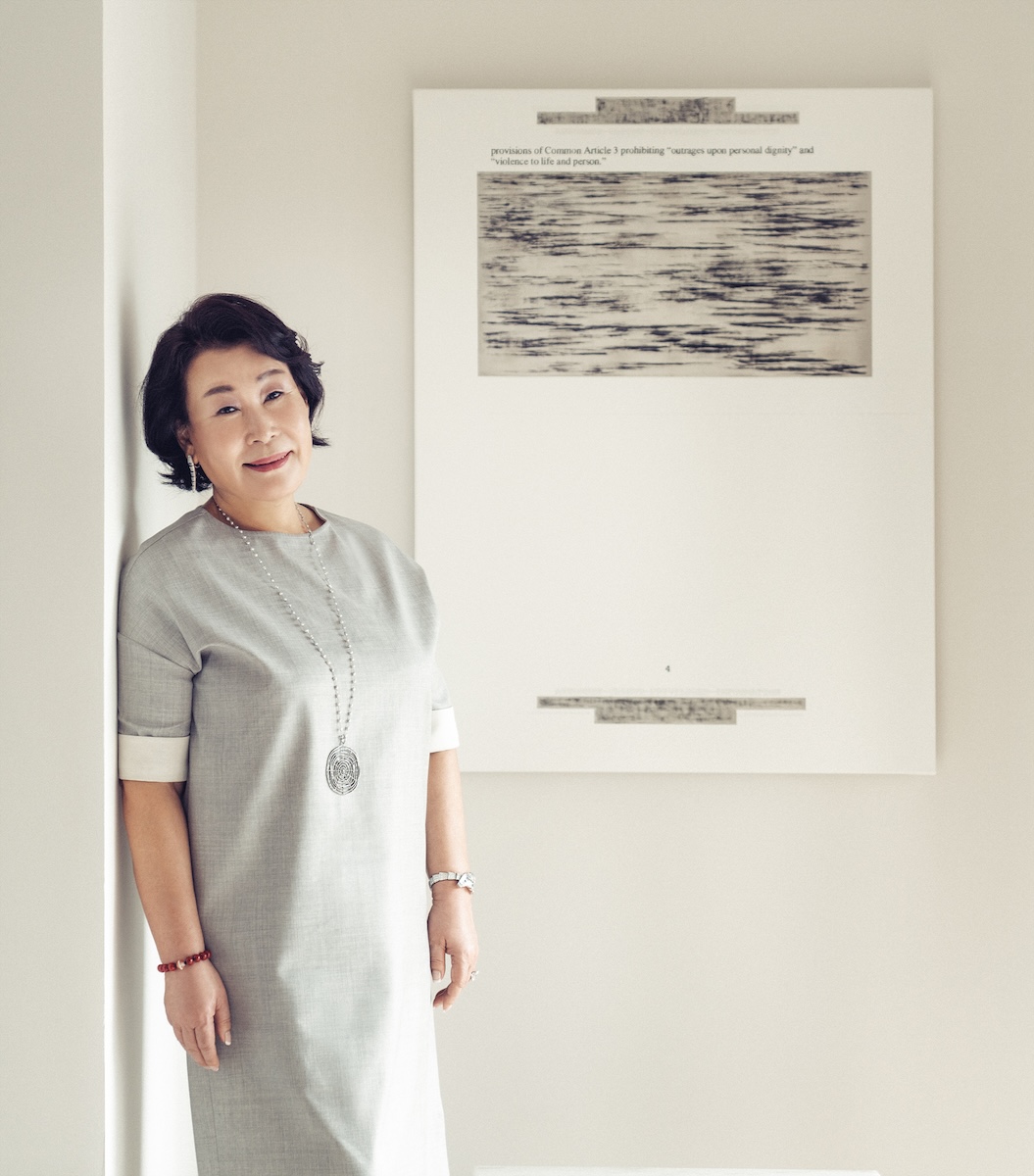 Portrait of Hyun-Sook Lee, 2020, photo by Jisup An, courtesy of Kukje Gallery.
Portrait of Hyun-Sook Lee, 2020, photo by Jisup An, courtesy of Kukje Gallery.
WHITEWALL: What was the early reception of their work to the Korean collectors you worked with?
HYUN-SOOK LEE: Back in the 1980s, Korea enjoyed a relatively stable art market supported by healthy and reasonable competition amongst local galleries. The landscape seemed reassuring and promising in terms of business potential. You could say that sales was less challenging than now in a sense, and that it was no surprise to see people voluntarily visiting the gallery after coming across the exhibition advertisement in the local newspaper.
Many of the artists that I presented to my collectors, such as Alexander Calder, Anselm Kiefer, Donald Judd, Frank Stella, and Helen Frankenthaler, were positively received by both collectors and art enthusiasts alike. For example, Frankenthaler’s show (which I was quite concerned and nervous about in the beginning) proved to be a success, with important collectors and museums acquiring several of the artist’s works.
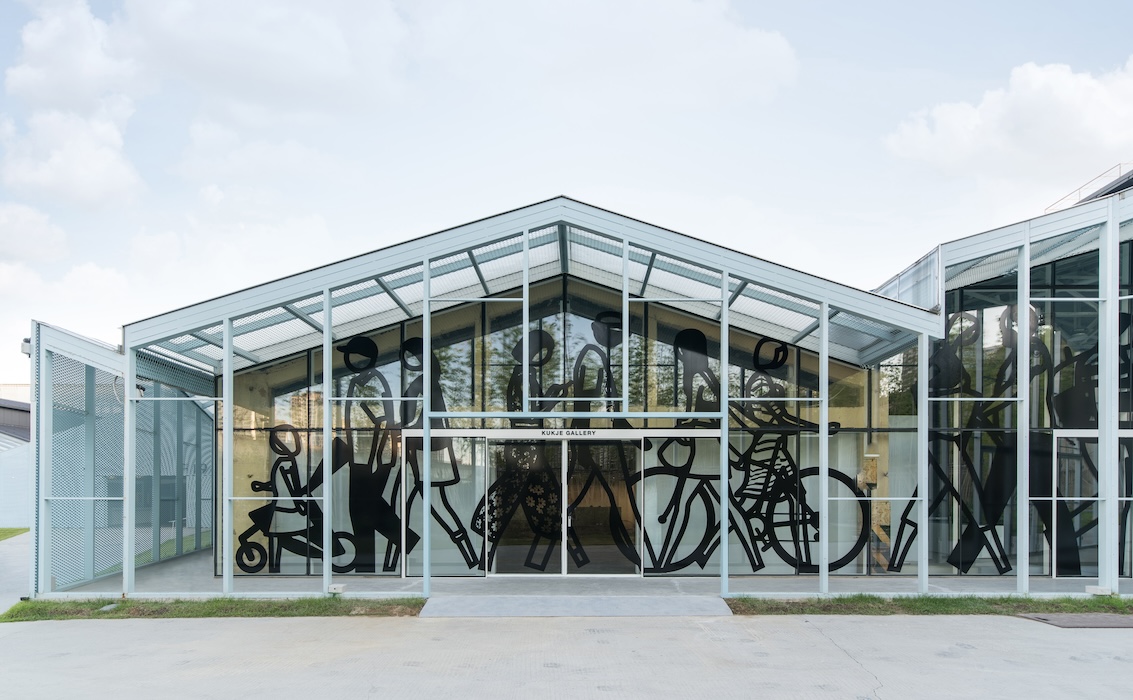 Kukje Gallery Busan; photo by Studio Jeongbiso, courtesy of Kukje Gallery.
Kukje Gallery Busan; photo by Studio Jeongbiso, courtesy of Kukje Gallery.
The Importance of Championing Postwar Korean Artists
WW: You also championed postwar Korean artists like Ha Chong-Hyun, Lee Ufan, Chung Chang-Sup, Kwon Young-Woo, Park Seo-Bo, and Chung Sang-Hwa. Why was this group of artists important for you to showcase within the gallery?
HSL: Before Dansaekhwa, Korea was not known for a particular art movement that received international recognition. The absence of such a movement made it a challenge to position the nation’s artists in the global art market, as their works lacked art-historical context that the international audience could resonate with.
In order to more effectively promote Korean modern and contemporary art beyond the local boundaries, I recognized the fact that it would be essential to establish active discourse around a selection of Korean artists from the same generation, depicting artistic vocabulary that shared a common ground or ethos. In the process, I discovered postwar Korean artists, such as Park Seo-Bo, Ha Chong-Hyun, Lee Ufan, and Kwon Young-Woo, who all endured a crucial era in Korean history when there was a violent sense of oppression that led to restrictions in their creative vocabulary. After thorough discussions with fellow professionals in the art world, including curators, writers, artists, and collectors, across the commercial and noncommercial sectors, I fully embraced the art-historical significance of these artists and was motivated to spearhead the positioning and promotion of the Dansaekhwa movement in the global art market.
Throughout the past decade, I have bolstered the promotion of these artists across the international art community by organizing special exhibitions including “Dansaekhwa” (2015), Collateral Event of the 56th International Art Exhibition – La Biennale di Venezia; “When Process becomes Form: Dansaekhwa and Korean abstraction” (2016) at Villa Empain, the Boghossian Foundation, Brussels, Belgium; “Korean Abstract Art: Kim Whanki and Dansaekhwa” (2018), at the Powerlong Museum, Shanghai, China; and most recently “Ha Chong-Hyun” (2022), Collateral Event of the 59th International Art Exhibition – La Biennale di Venezia.
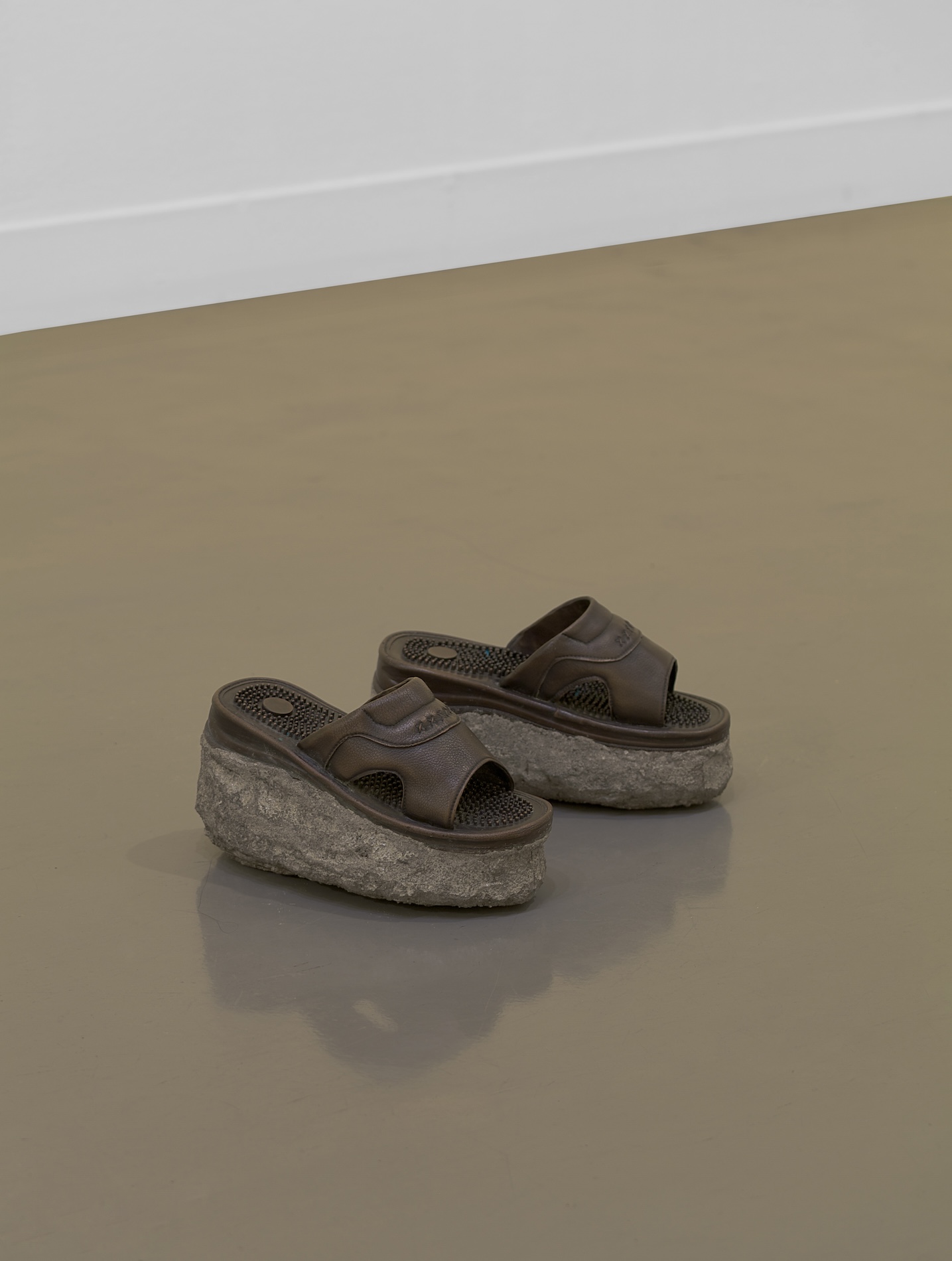 Gimhongsok, “A Pair of High Heels,” 2012, bronze, cement, 30 x 31 x 17 cm.; courtesy of the artist and Kukje Gallery.
Gimhongsok, “A Pair of High Heels,” 2012, bronze, cement, 30 x 31 x 17 cm.; courtesy of the artist and Kukje Gallery.
The Intimate and Intricate Process of Representing New Artists
WW: You’ve supported the career of contemporary names like Haegue Yang, Kimsooja, Gimhongsok, Kyungah Ham, Yeondoo Jung, Kibong Rhee, and Jae-Eun Choi. Given the profile of the gallery, when does it make sense for you to bring in and represent a new artist?
HSL: Our gallery currently represents a total of approximately 50 Korean and international artists. As the relationship between the artist and the gallery is often and most importantly rooted in mutual trust and respect, the process of representing a new artist is always very personal and therefore memorable.
Normally, we would follow the artist’s exhibitions and activities for a relative period, possibly find collaboration opportunities, discuss future potentials and directions, and arrive at a decision. As a gallery that has extensive experience with artists of all age, genders, and nationalities, the most important factor that we would consider in representing a new artist would be the “fit” between the artist and the gallery. After all, representing a new artist is just like welcoming a new family member!
Throughout this intimate and intricate process, the gallery has welcomed a list of artists to its roster in recent years. The Korean artist Heejoon Lee and the Bangkok- and New York–based artist Korakrit Arunanondchai, to name a few, and most recently Korea’s first-generation woman sculptor Kim Yun Shin. I cherish Kim’s lifelong dedication to art, which I was honored to witness at her retrospective at the Nam-Seoul Museum of Art last year. I’m also excited to share that Kim will be featured at the 60th International Art Exhibition – La Biennale di Venezia in April.
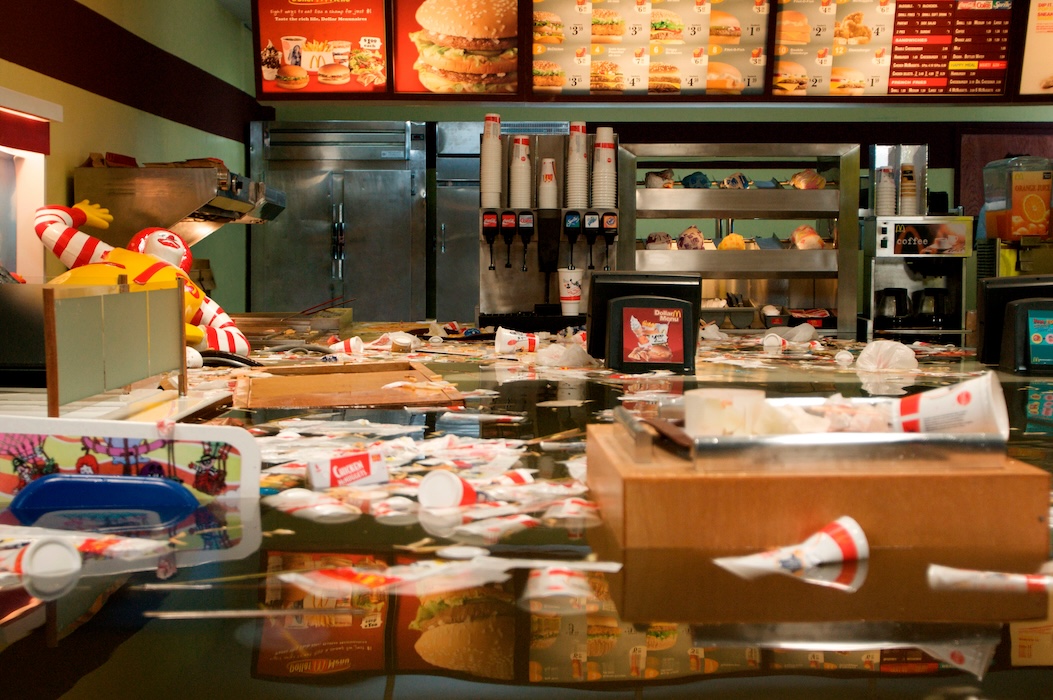 SUPERFLEX, Still image from “Flooded McDonald’s,” 2009, RED, 21 min.; courtesy of the artists and Kukje Gallery.
SUPERFLEX, Still image from “Flooded McDonald’s,” 2009, RED, 21 min.; courtesy of the artists and Kukje Gallery.
The International Value of Korean Modern and Contemporary Artists
WW: When you founded the gallery, there was a clear divide between foreign and national artists. Now less so, with artists showcasing on a global platform. How do you see your artists on that broader, international stage?
HSL: As you mentioned, the dynamics of the art world are strikingly different from when I opened the gallery. From institutions and project spaces to galleries and art fairs, there are numerous global platforms for artists to showcase their work.
One recent, noticeable change regarding our Korean artists (such as Park Seo-Bo, Haegue Yang, Kibong Rhee, Kyungah Ham, and Suki Seokyeong Kang) at art fairs is that an increasing number of international collectors proactively inquire about their works.
Compared to the past, when I had to describe each artist’s oeuvre and vision in detail, I now often encounter clients who are already familiar with the artist, or even own a piece. It is a joy to see Asian or European collectors resonate with the uniquely Korean aesthetics of the artists’ works—their reactions are the proof that Korean modern and contemporary art possesses international quality and value.
Of course, many of our artists are very active outside the boundaries of art fairs as well. I am a proud witness to the rich exchange of contemporary art and culture that occurs with Korean artists showing abroad and international artists showing domestically. Examples of such exchange include Jean-Michel Othoniel’s immensely successful solo exhibition “Jean-Michel Othoniel: Treasure Gardens” (2022) at the Seoul Museum of Art, Korea; Jae-Eun Choi’s solo exhibition “La Vita Nuova” (2023–2024) at Ginza Maison Hermès Le Forum, Tokyo, Japan; Haegue Yang’s upcoming participation in Encounters at Art Basel Hong Kong and much anticipated solo exhibition at the Hayward Gallery, London, U.K., this year; and Kim Yun Shin at the 60th International Art Exhibition – La Biennale di Venezia (2024).
Research and academics are equally important in introducing artist to an international stage as well. Korean artists have been eagerly sought out as subjects of comprehensive monographs by prestigious international arts publishers. Major publications include Park Seo-Bo: Écriture – Art (Rizzoli), Ha Chong Hyun (Gregory R. Miller & Co.), and Hong Seung-Hye: Organic Geometry (Scheidegger & Spiess).
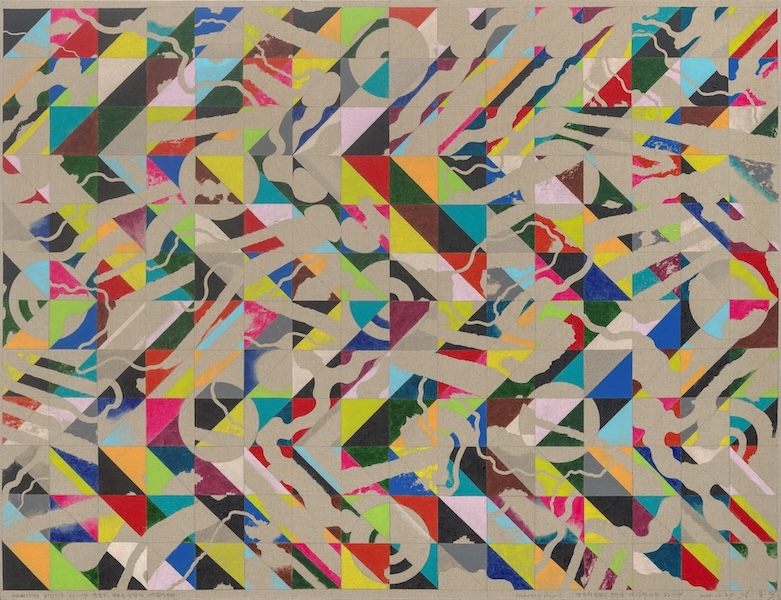 Kim Yong-Ik,
“Exhausting Project 22-14: Conceptual Painting Disguised as a Retinal
Painting,” 2022,
Acrylic paint on canvas
112 x 145.5 cm.; photo by Chunho An, courtesy of the artist and Kukje Gallery.
Kim Yong-Ik,
“Exhausting Project 22-14: Conceptual Painting Disguised as a Retinal
Painting,” 2022,
Acrylic paint on canvas
112 x 145.5 cm.; photo by Chunho An, courtesy of the artist and Kukje Gallery.
The Global Collector Base of Kukje Gallery is Ever-Evolving
WW: Do you see your audience and collector base as much more international as well?
HSL: Whether based locally or abroad, collectors and clients are like family, and it is one of my most heartfelt missions to stay connected and build relationships with them bound by trust. I’m proud to be able to say that we have a collector base that is both local and international, mainly thanks to our long-standing participation in prominent art fairs around the world.
The first art fair Kukje participated in was ART/LA ’88, while we made our debut at Art Basel in 1998 as the first Korean gallery to participate in the event. At the moment, the gallery annually participates in 15 to 20 fairs across the world. These include Frieze LA (February), Art Basel Hong Kong (March), Frieze New York (May), Art Basel (June), Frieze Seoul (September), Frieze London and Masters (October), Paris+ par Art Basel (October), and Art Basel Miami Beach (December).
“Whether based locally or abroad, collectors and clients are like family, and it is one of my most heartfelt missions to stay connected and build relationships with them bound by trust,” — Hyun-Sook Lee
WW: How have you seen the culture of collecting in Seoul and broader Korea evolve since founding the gallery?
HSL: Korea’s collecting culture and collectors’ understanding of being a patron of the arts has developed significantly throughout the past four decades. In the very beginning when I opened the gallery, collectors were mostly accustomed to oriental painting, and were rather novice to the idea of collecting Western art or paintings in general. Since then, I believe collectors have grown to accept much more diverse forms of art and styles of artists. In other words, Korean collectors nowadays appreciate and collect a much wider spectrum of art and are proactive in learning about different artists. As there are many ways to get access to artists these days (online and offline), I often feel that collectors are much more informed than before as well.
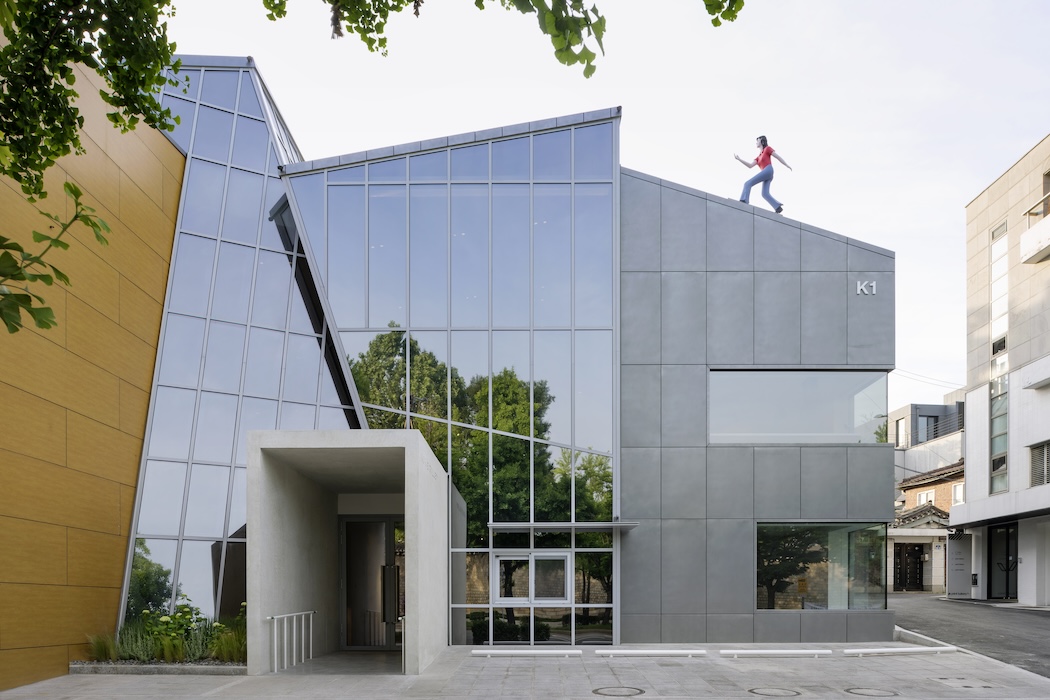 Kukje Gallery K1; photo by Chunho An, courtesy of Kukje Gallery.
Kukje Gallery K1; photo by Chunho An, courtesy of Kukje Gallery.
A Time-Honored, Family Business Prevails
WW: Kukje is now a family-run business, with your children taking part as well. Was that always your vision?
HSL: I am thankful for what we have achieved as a family-run business throughout the past four decades. Since my children have been the closest observers to my life as a gallerist, their involvement came naturally—this was not a deliberate decision, but, rather, a gradual process that occurred over time.






